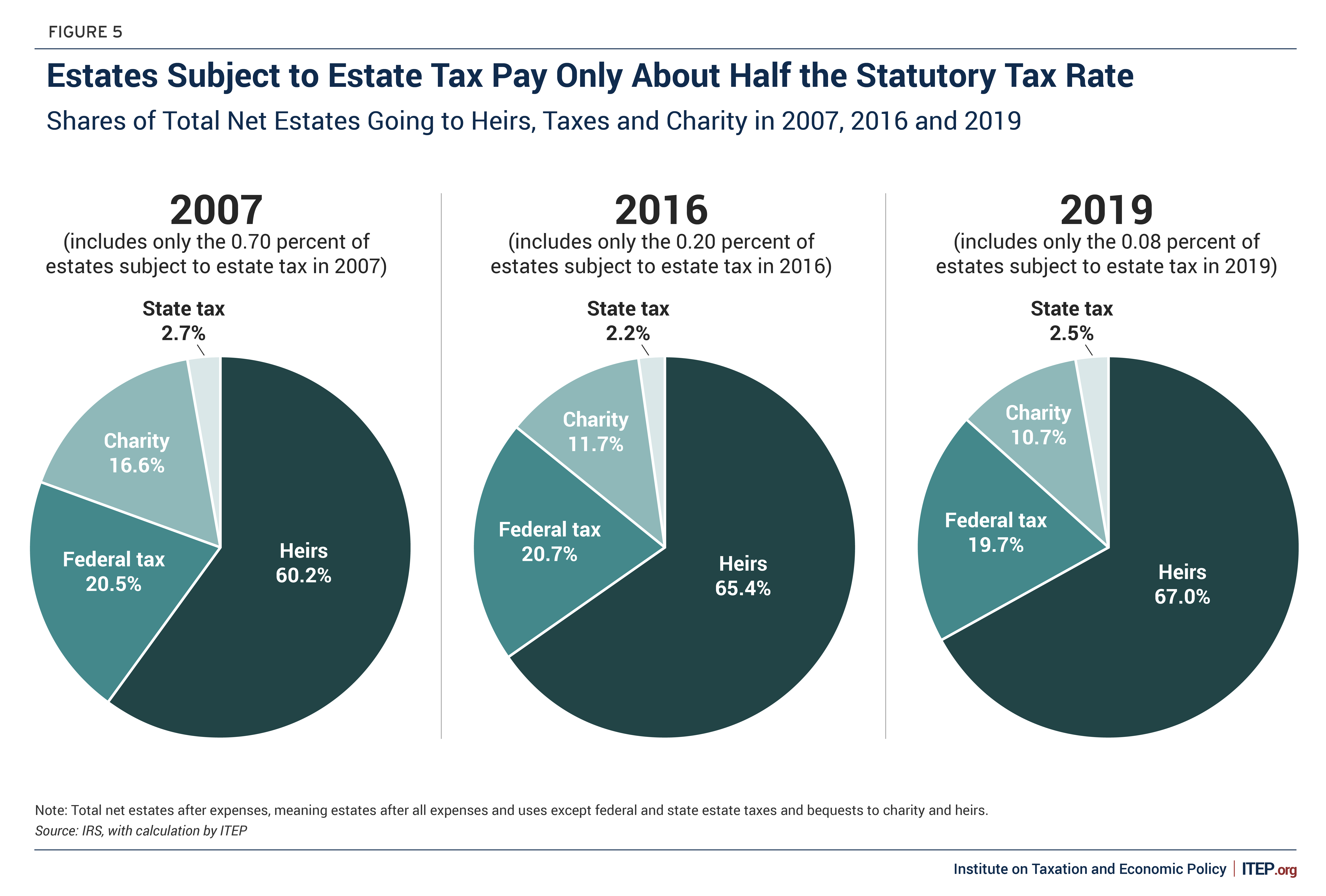All Categories
Featured
Table of Contents
This five-year basic policy and 2 following exceptions apply only when the owner's death causes the payout. Annuitant-driven payouts are talked about below. The first exception to the basic five-year rule for specific beneficiaries is to approve the fatality advantage over a longer duration, not to exceed the expected lifetime of the beneficiary.
If the recipient chooses to take the death benefits in this approach, the benefits are strained like any kind of various other annuity payments: partly as tax-free return of principal and partly gross income. The exclusion proportion is located by utilizing the departed contractholder's cost basis and the anticipated payments based on the beneficiary's life expectancy (of much shorter period, if that is what the recipient chooses).
In this approach, sometimes called a "stretch annuity", the beneficiary takes a withdrawal annually-- the called for quantity of annually's withdrawal is based upon the exact same tables used to determine the called for circulations from an IRA. There are 2 advantages to this approach. One, the account is not annuitized so the recipient keeps control over the cash value in the contract.
The second exception to the five-year rule is readily available only to a making it through partner. If the designated recipient is the contractholder's spouse, the partner may elect to "tip right into the footwear" of the decedent. Essentially, the partner is treated as if he or she were the proprietor of the annuity from its beginning.
Are Annuity Payouts death benefits taxable
Please note this applies just if the partner is named as a "assigned recipient"; it is not available, for circumstances, if a trust is the recipient and the spouse is the trustee. The basic five-year policy and both exceptions only relate to owner-driven annuities, not annuitant-driven contracts. Annuitant-driven agreements will certainly pay fatality benefits when the annuitant dies.
:max_bytes(150000):strip_icc()/Death-taxes_sketch_final-422a2456bff64e4da2f9dabb41c64ad9.png)
For purposes of this discussion, assume that the annuitant and the owner are different - Flexible premium annuities. If the agreement is annuitant-driven and the annuitant dies, the fatality sets off the fatality benefits and the recipient has 60 days to determine exactly how to take the survivor benefit based on the terms of the annuity contract
Note that the option of a spouse to "tip right into the shoes" of the proprietor will certainly not be offered-- that exception applies just when the owner has actually passed away however the proprietor didn't die in the instance, the annuitant did. If the recipient is under age 59, the "death" exemption to stay clear of the 10% fine will certainly not apply to a premature distribution once more, since that is available just on the fatality of the contractholder (not the fatality of the annuitant).
Many annuity companies have inner underwriting plans that reject to release agreements that call a different proprietor and annuitant. (There might be strange circumstances in which an annuitant-driven contract satisfies a clients unique requirements, yet most of the time the tax obligation downsides will certainly surpass the advantages - Flexible premium annuities.) Jointly-owned annuities might present similar problems-- or at the very least they may not offer the estate preparation function that other jointly-held assets do
Consequently, the survivor benefit must be paid out within 5 years of the first proprietor's fatality, or based on both exceptions (annuitization or spousal continuance). If an annuity is held jointly in between a husband and better half it would show up that if one were to pass away, the other could just continue possession under the spousal continuance exception.
Think that the spouse and spouse named their son as beneficiary of their jointly-owned annuity. Upon the death of either owner, the business has to pay the fatality benefits to the son, that is the beneficiary, not the enduring spouse and this would probably beat the proprietor's objectives. Was hoping there may be a device like establishing up a recipient Individual retirement account, yet looks like they is not the instance when the estate is setup as a recipient.

That does not determine the kind of account holding the acquired annuity. If the annuity was in an acquired IRA annuity, you as administrator must be able to assign the inherited IRA annuities out of the estate to acquired IRAs for each and every estate beneficiary. This transfer is not a taxed event.
Any distributions made from acquired IRAs after job are taxed to the recipient that received them at their common earnings tax price for the year of circulations. If the acquired annuities were not in an IRA at her death, then there is no method to do a straight rollover into an acquired Individual retirement account for either the estate or the estate beneficiaries.
If that takes place, you can still pass the distribution via the estate to the private estate beneficiaries. The tax return for the estate (Type 1041) could include Form K-1, passing the earnings from the estate to the estate beneficiaries to be strained at their specific tax rates as opposed to the much higher estate income tax obligation rates.
Are inherited Fixed Income Annuities taxable income

: We will certainly produce a plan that consists of the ideal items and functions, such as enhanced survivor benefit, premium bonuses, and long-term life insurance.: Receive a tailored approach developed to optimize your estate's value and lessen tax liabilities.: Carry out the chosen method and get continuous support.: We will certainly aid you with establishing the annuities and life insurance policy policies, providing continuous assistance to make certain the plan continues to be reliable.
Needs to the inheritance be pertained to as a revenue connected to a decedent, after that tax obligations might use. Typically speaking, no. With exemption to pension (such as a 401(k), 403(b), or IRA), life insurance profits, and financial savings bond passion, the beneficiary normally will not have to bear any type of revenue tax on their inherited wealth.
The amount one can acquire from a trust fund without paying tax obligations depends on numerous elements. The government estate tax exemption (Flexible premium annuities) in the United States is $13.61 million for people and $27.2 million for wedded pairs in 2024. However, individual states may have their very own estate tax guidelines. It is advisable to seek advice from a tax obligation professional for accurate details on this matter.

His mission is to streamline retired life planning and insurance policy, making sure that customers understand their choices and protect the most effective coverage at unsurpassable prices. Shawn is the creator of The Annuity Professional, an independent on the internet insurance company servicing consumers throughout the USA. Via this platform, he and his team purpose to get rid of the uncertainty in retirement planning by assisting individuals discover the very best insurance protection at one of the most affordable prices.
Table of Contents
Latest Posts
Highlighting Fixed Income Annuity Vs Variable Annuity A Comprehensive Guide to Annuity Fixed Vs Variable What Is Fixed Income Annuity Vs Variable Annuity? Benefits of Choosing the Right Financial Plan
Breaking Down Fixed Vs Variable Annuities Everything You Need to Know About Choosing Between Fixed Annuity And Variable Annuity Defining the Right Financial Strategy Pros and Cons of Fixed Income Annu
Understanding What Is Variable Annuity Vs Fixed Annuity A Closer Look at Fixed Index Annuity Vs Variable Annuity What Is Fixed Annuity Vs Equity-linked Variable Annuity? Benefits of Choosing the Right
More
Latest Posts